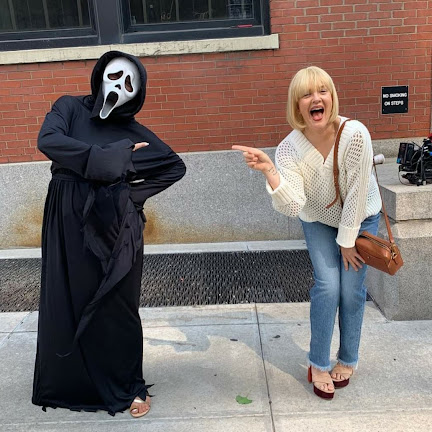Describe the structure of Graphite?
Each carbon atom forms 3 covalent bonds, creating sheets of carbon atoms arranged in hexagons
No covalent bonds between layers - they're only held together weakly
They're free to move over each other making graphite soft and slippery.
Graphite has a high melting point - covalent bonds in layers need loads of energy to break
Only 3 out of each carbon's four outer electrons are used in bonds so each carbon atom has one electron that's delocalised - graphite conducts electricity
